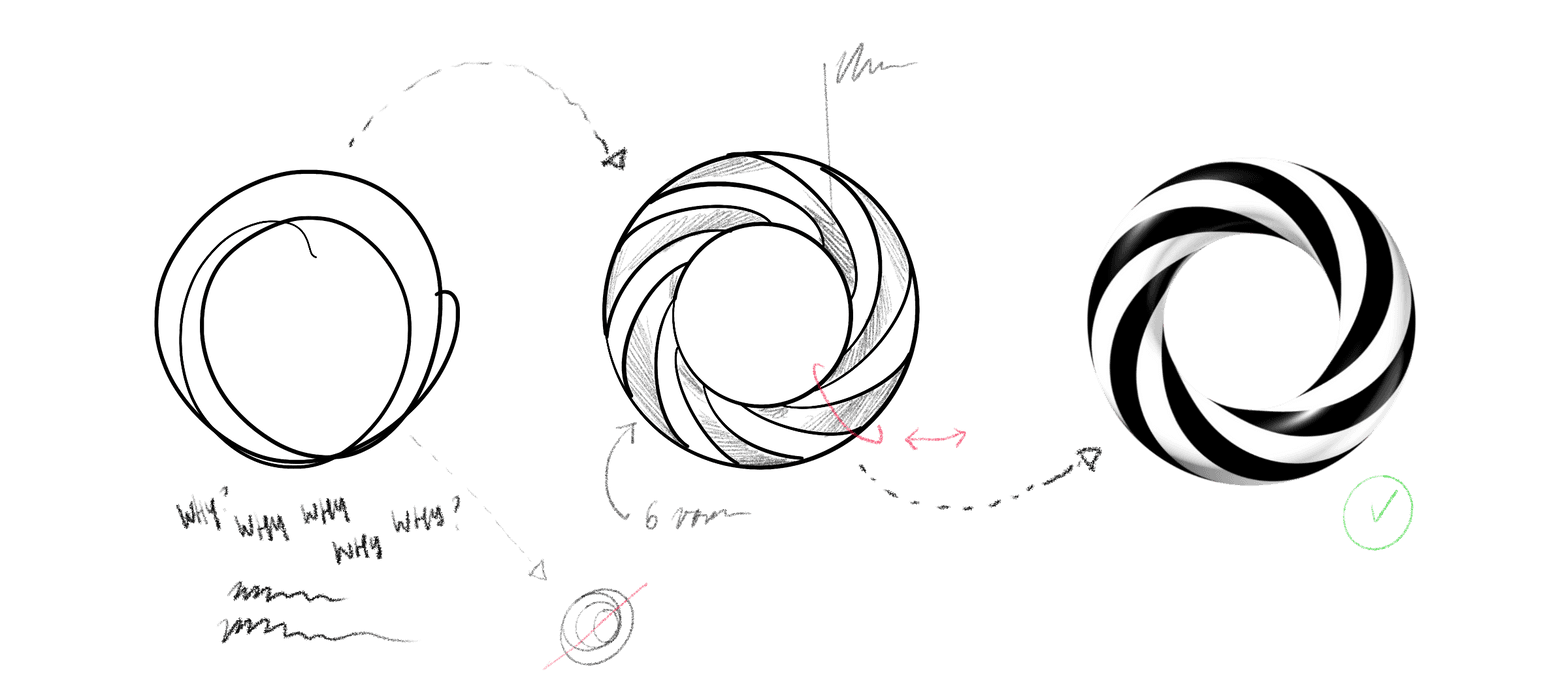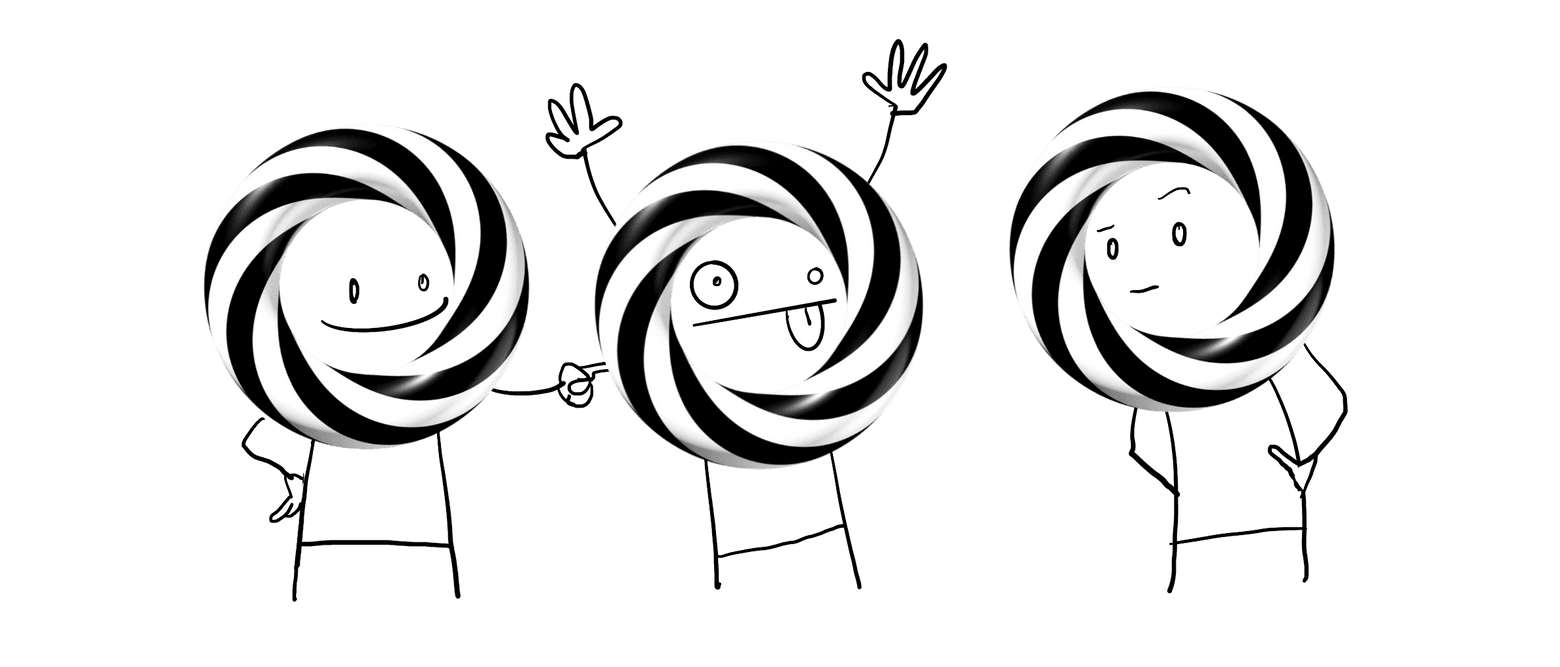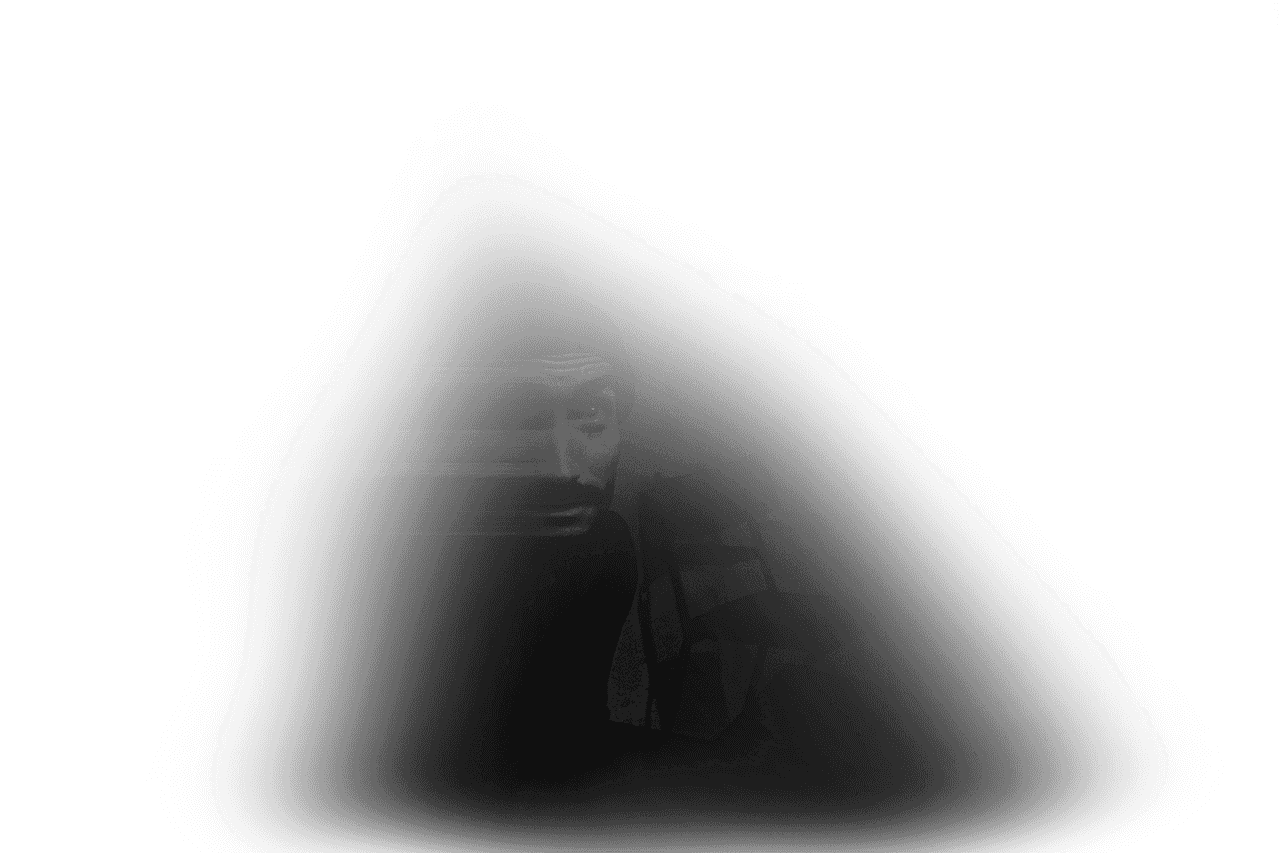A Process for Design & Innovation
How I approach projects based on industry best practice.

Diverging + Converging
Creative processes often seem messy, observed from the outside or the inside. That is because they are, by nature. And it’s fine if not even crucial, to allow innovative and creative ideas to emerge. Yet some well-tested structures and processes can help to make sure you’re staying focused and don’t get entangled in that mess. Design Thinking is such a process or framework for human-centered design that acknowledges both, the need for creative exploration or divergence on one hand and the need for refocusing or convergence on the other.

Thinking + Doing
Design Thinking was championed by IDEO in the 90s and meanwhile has found its regular place in slides of management consultancies and corporations, so much that some people started to grow weary of it. Anyways, beyond the buzzword, I think it provides a very good starting point to plan design projects, explains loosely how most creatives work – knowingly or unknowingly – and allows me to go offroad with ideas while maintaining the reassuring certainty to know where and when I’ll be able to return to the main road to continue making things happen.

Round + Round
There’s a reason, why this process is often depicted as a circle: It doesn’t ever end. Budgets and timelines do though, thus we might want to define how many rounds we expect to go within the constraints of a project and define the scope of each of these rounds. That’s a bit hard to do when we are trying to create something new and innovative because we won’t be able to know what exactly to expect. There are so many uncertainties. That’s not an unusual challenge, and the answer to it in our industry is agile sprint planning, where we fill a backlog with tasks we want to complete and then put these tasks into our project’s to-do list on a regular interval, allowing us to steer our project flexibly and manage expectations realistically.

My Sweet Spot
To do my work as a designer effectively, I am ideally involved during the whole circle: From research to ideation, testing, and implementation. The bigger the project, the more specialized the involved roles will be. The phase I can contribute most to is the exploration phase, here it is where my craft becomes vital, e.g. for mocking up visual directions based on the definitions made previously in the understanding phase and by building interactive prototypes that then can be used in tests during the materialization phase.

Looking Forward
When exploring and designing future products and features, it sure would be nice to know what the future looks like. I like the way speculative designers think about multiple futures instead of one: The possible futures, the plausible futures, the probable futures, and most importantly the preferable futures. It’s a great reminder that the way we act now, the decisions we make, the things and services we design do contribute to the shape of our future.
Design For Humanity
What I ultimately find in theoretical frameworks and ideas like Design Thinking and Speculative Design as well as more practical guides and methodologies like Design Sprints is one shared goal: Enabling us to create together iteratively, intentionally, to look beyond our individual horizons, and to design for real human needs — not only individual ones but also the ones we share as a society.

